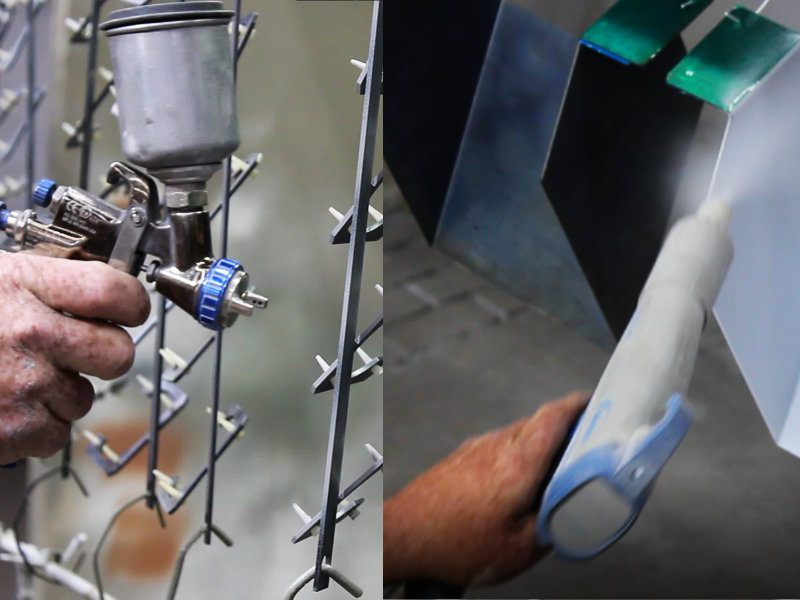Bending is one of the most popular metal fabrication processes. This involves the manipulation of flat sheets of steel, aluminum, brass, and other metals by pressing and bending to obtain new usable shapes.
Engineers can turn sheet metals to highly functional pieces through the bending process. Bending is a crucial design process in metal fabrication. A metal sheet is made to take shape of the final product and that’s why this is a vital process. Below are the things to consider about sheet metal bending;
Bending Direction
When bending sheet metal, you should ensure that it’s perpendicular to the metal fiber direction. Bending sheet metal parallel to the fiber metal direction results in cracks at the bend. Also, the bending strength reduces and the sheet metal may break easily.
Minimum Flange Width
In your drawings, the flange width should not go under four times the thickness of the metal. This is to avoid the occurrence of marks during the metal fabrication process.
Bending Clearance
When bending sheet metal, a particular gap should be secured to avoid bending failure that is often caused by interference. When there is no gap between two bend edges, interference ought to happen. A clearance of at least 0.2mm can effectively avoid this bending interference.
Bending Height
Sheet metal bending height must be at least two times the metal thickness plus radius. When the bending height is too low, sheet metal might be deformed and twisted. This makes it challenging to obtain ideal dimensional accuracy and the preferred shape.
Also, bending beveled edges leads to bend distortion. This occurs when the bending height is too small.
Minimum Sheet Metal Bending Radius
The minimum radius of bend sheet metal depends on the tools used and the bending process. More ductile metal sheet tends to have a smaller inner bed radius. To maintain maximum strength, the bending radius should exceed the minimum bending radius of the sheet metal. Each metal has its standard minimum bending radius.
A big metal radius might not translate to better results. Having a too large bend radius might translate to a larger bending spring back. Also, it might prove challenging to achieve a perfect bending height and angle. It’s ideal if the bend radius is reasonable.
While most metal fabricators emphasize on a zero bending radius, it’s not always the best idea. Zero radius causes external breaking or cracking or metal. Also, it reduces bending strength especially in hard sheet metal materials.
Minimum Hole Size for Sheet Metal
The thumb rule for sheet metal design is that the hole’s diameter should be equal or larger than the thickness of the metal. When drawing holes, it’s vital to remember that too small holes that might break the tool. Small-size punches are used for small sheet metal holes. The lesser the size of the punch, the higher the chances of breaking.
Choice of Material
Different materials can withstand specific bending processes. Generally, metal sheets of a regular thickness of 1.3 mm can withstand almost anything. They are easy to bend and maintain their maximum strength. However, not all materials behave the same. Thicker steel sheet metal might behave utterly differently from a similar-sized aluminum sheet metal. Your results depend on the metal fabrication experts you choose for the task.
The Bottom Line
Above are some of the most significant sheet metal considerations in the design process. By ensuring these standards are met, you set the sheet metal on a high-reliability scale. Better metal handling leads to the production of sturdy and durable items. For any help on metal fabrication and bending, consult our engineers and we will be ready to help.
{{cta(‘1615cd3c-4bbe-4d95-8408-39a73e91a111′,’justifycenter’)}}




